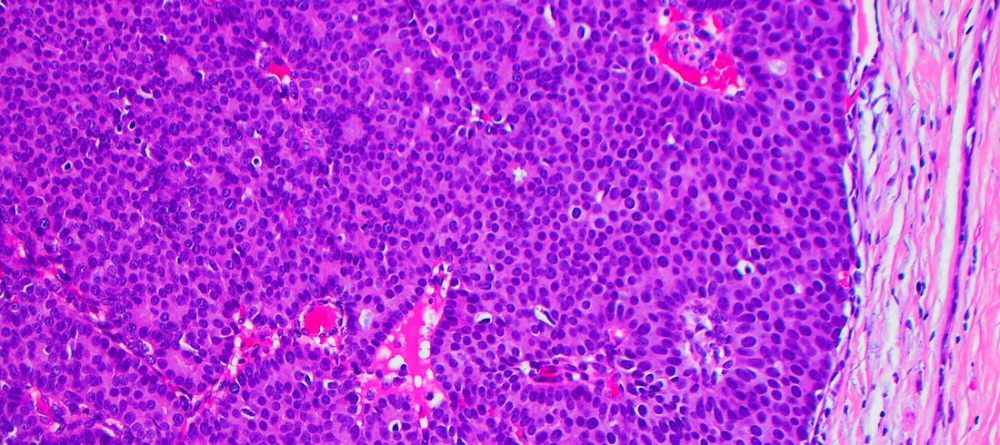
New York, N.Y. — Breast cancer is one of the most common cancers affecting women worldwide. It occurs when abnormal cells grow uncontrollably in breast tissue.
Early detection through self-exams and mammograms significantly improves survival rates.
Treatment options include surgery, chemotherapy, radiation therapy, hormone therapy, and targeted drugs, depending on the cancer stage and type.
Advances in medical research continue to improve outcomes, making awareness and timely intervention crucial.
This article explores breast cancer causes, symptoms, diagnosis, and the latest treatment approaches.
What is Breast Cancer and How Can It Be Treated?
Breast cancer is a disease in which malignant (cancerous) cells form in the breast tissue. It is the second most common cancer in women globally, though it can also affect men. Understanding its causes, symptoms, and treatment options is essential for early detection and effective management.

What Causes Breast Cancer?
The exact cause of breast cancer remains unclear, but several risk factors increase the likelihood of developing it:
- Gender and Age: Women are at higher risk, especially those over 50.
- Family History: A family history of breast or ovarian cancer raises risk.
- Genetic Mutations: Inherited gene changes (e.g., BRCA1 and BRCA2) can increase susceptibility.
- Hormonal Factors: Prolonged estrogen exposure (early menstruation, late menopause, hormone therapy) may contribute.
- Lifestyle Factors: Obesity, alcohol consumption, and lack of physical activity are linked to higher risk.
Signs and Symptoms
Early-stage breast cancer may not show symptoms, but as it progresses, common signs include:
- A lump or thickening in the breast or armpit
- Changes in breast size, shape, or texture
- Nipple discharge (other than breast milk) or inversion
- Skin dimpling or redness (like an orange peel)
- Persistent breast pain
Regular self-exams and mammograms help detect abnormalities early.
Diagnosis
If symptoms or screening tests suggest cancer, doctors may recommend:
- Mammogram: X-ray imaging to detect tumors.
- Ultrasound: Sound waves to distinguish between solid masses and fluid-filled cysts.
- Biopsy: Removing tissue samples to test for cancer cells.
- MRI: Detailed imaging for high-risk patients.
Once diagnosed, further tests determine the cancer stage (0 to IV) and whether it has spread.
Treatment Options
Treatment depends on cancer type, stage, and patient health. Common approaches include:
1. Surgery
- Lumpectomy: Removal of the tumor and some surrounding tissue.
- Mastectomy: Removal of one or both breasts, sometimes including lymph nodes.
- Reconstructive Surgery: Restores breast shape post-mastectomy.
2. Radiation Therapy
High-energy rays target and kill cancer cells, often used after surgery to eliminate remaining cells.
3. Chemotherapy
Powerful drugs destroy cancer cells or stop their growth. Used before surgery (neoadjuvant) to shrink tumors or after (adjuvant) to prevent recurrence.
4. Hormone Therapy
Blocks hormones (estrogen/progesterone) that fuel certain breast cancers. Common for hormone receptor-positive cancers.
5. Targeted Therapy
Drugs like Herceptin attack specific cancer cell proteins, minimizing damage to healthy cells.
6. Immunotherapy
Boosts the immune system to fight cancer, used in some advanced cases.
Advances in Breast Cancer Treatment
Research continues to improve outcomes:
- Precision Medicine: Tailoring treatment based on genetic profiles.
- Less Invasive Surgeries: Reducing recovery time and complications.
- New Drug Therapies: More effective with fewer side effects.
Prevention and Early Detection
While not all breast cancers are preventable, lifestyle changes can reduce risk:
- Maintain a healthy weight
- Exercise regularly
- Limit alcohol
- Breastfeed (lowers risk for some women)
- Avoid prolonged hormone therapy
Regular screenings (mammograms starting at age 40-50) and self-exams improve early detection chances.

So, where does this leave us?
Breast cancer remains a significant health challenge, but advancements in detection and treatment have improved survival rates.
Awareness, early diagnosis, and personalized care are key to managing the disease effectively.
If you notice any unusual changes in your breasts, consult a doctor promptly—early action saves lives.
#BreastCancerAwareness #BreastCancerTreatment #FightBreastCancer #EarlyDetectionSavesLives #CancerCare #MammogramMatters #BreastHealth #Oncology #CancerSurvivor #PinkRibbon
Tags: Breast cancer, cancer treatment, oncology, mammogram, chemotherapy, radiation therapy, surgery, early detection, cancer prevention, women’s health
